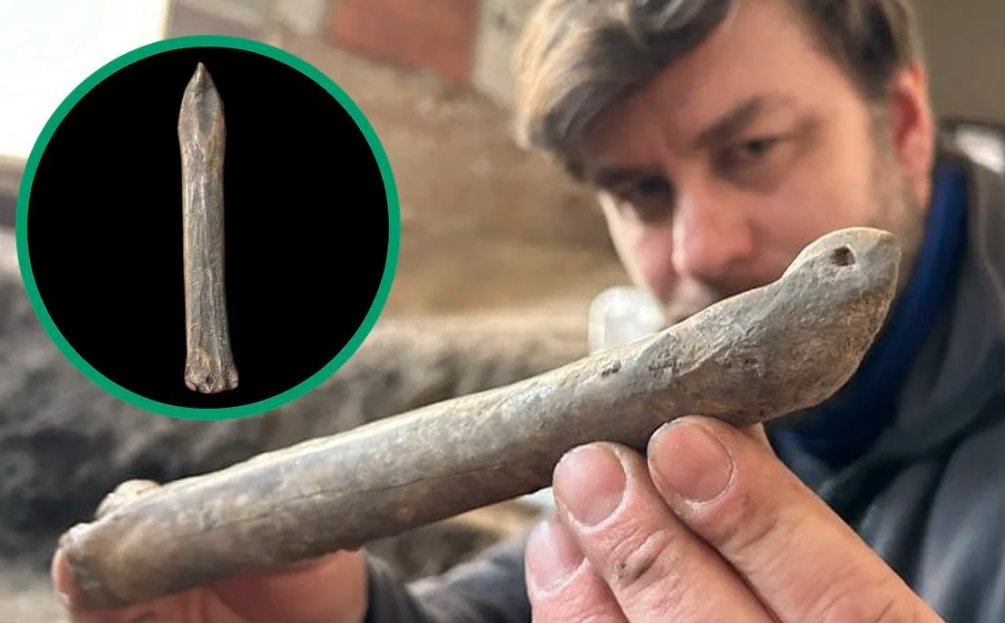In the heart of the Czech Republic, a remarkable discovery has brought a thousand-year-old winter tradition to light. Archaeologists in Přerov have unearthed an ancient ice skate crafted from animal bone, offering a unique insight into the resourcefulness and ingenuity of our medieval ancestors.
The Discovery in Přerov
While delving into the historical layers beneath a local home, the team from Comenius Museum stumbled upon the well-preserved skate. This artifact, shaped from a horse’s shin bone, features a drilled tip and tail for securing straps, suggesting its use as a practical tool for traversing icy terrains.
The skate’s design indicates that it was not used for leisurely skating as we know it today. Instead, it was likely employed to glide across frozen surfaces, aiding in the transport of goods or perhaps even as a means of travel during the harsh winter months.

A Tradition of Bone Skates
The Přerov skate is not an isolated find. Similar skates have been discovered across Europe, pointing to a widespread practice during the 10th and 11th centuries. These skates were fashioned from the bones of cattle or horses, materials readily available to the people of the time.
This tradition underscores the adaptability of medieval societies to their environments. By repurposing animal remains, they created tools that eased the burdens of winter living, showcasing a blend of practicality and creativity that defined the era.
Implications for Historical Understanding
The bone skate from Přerov is more than just an archaeological curiosity; it serves as a tangible connection to the past. It tells us about the daily lives of people who lived a millennium ago, their struggles against the elements, and their triumphs in innovation.
As researchers continue to analyze the skate and its context, we gain a deeper appreciation for the ingenuity of our ancestors. Their legacy is not only in the grand structures and famous battles but also in the simple, everyday objects that made life possible.














